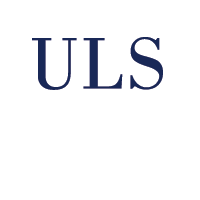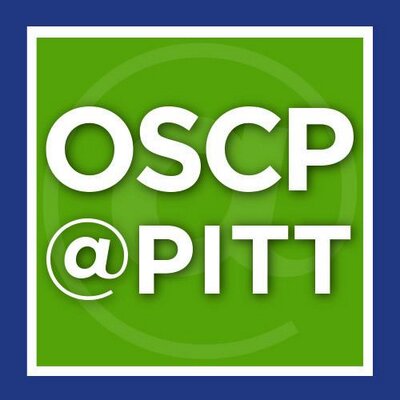Heckel, Christopher
(2015)
THE INFLUENCE OF INDIRECT EFFECTS OF LARGE HERBIVORES ON THE LIFE HISTORY AND POPULATION DYNAMICS OF UNPALATABLE FOREST HERB SPECIES.
Doctoral Dissertation, University of Pittsburgh.
(Unpublished)
Abstract
A main goal of evolutionary ecology is to understand how the biotic and abiotic variables with which a species interacts influence its life history and population dynamics. Herbivores can dramatically affect both the demography and life history evolution of their prey. However, herbivory may also indirectly affect the biotic and abiotic interactions of neighboring unpalatable plant species. While theory predicts co-occurring unpalatable plant species should benefit from the reduction of neighbors, how the indirect effects of herbivores influence both their population dynamics and life history remain largely unexplored. Using white-tailed deer as a model herbivore and Arisaema triphyllum as a model unpalatable plant species, I examined the indirect effects of herbivores on the population dynamics and life history traits of unpalatable plant populations. I used a combination of field surveys, experiments, and modeling techniques to determine how indirect effects could influence Arisaema population fitness and life history. I found that Arisaema exhibited significantly smaller mean size at flowering, lower mean seed number, and expressed increasing male-biased sex ratios as deer browse on a palatable species increased across seven sites in Pennsylvania. Concordant results were found for Arisaema and four additional unpalatable species growing in long-term, paired, fenced deer exclusion vs. deer access plots in Virginia. Using a common garden study I found that Arisaema from the same Pennsylvania sites had diverged in their relative growth rates and female flowering size threshold, suggesting populations could become locally adapted in response to the indirect effects of deer. I used integral projection models (IPMs) to show that mean Arisaema population growth rates () declined with increasing indirect effects of deer largely due to decreased rates of plants transitioning into and out of larger flowering plant stages. Two populations experiencing the highest deer-mediated indirect effects exhibited λs less than unity, indicating potential population decline. The overabundance of ungulate herbivores is an issue of global concern. My results show that the negative effects of herbivore overabundance can extend to plant species with which herbivores do not directly interact and provides novel insights for both ecologists and conservationists.
Share
| Citation/Export: |
|
| Social Networking: |
|
Details
| Item Type: |
University of Pittsburgh ETD
|
| Status: |
Unpublished |
| Creators/Authors: |
| Creators | Email | Pitt Username | ORCID  |
|---|
| Heckel, Christopher | cdh8@pitt.edu | CDH8 | |
|
| ETD Committee: |
|
| Date: |
19 June 2015 |
| Date Type: |
Publication |
| Defense Date: |
7 January 2015 |
| Approval Date: |
19 June 2015 |
| Submission Date: |
17 April 2015 |
| Access Restriction: |
1 year -- Restrict access to University of Pittsburgh for a period of 1 year. |
| Number of Pages: |
164 |
| Institution: |
University of Pittsburgh |
| Schools and Programs: |
Dietrich School of Arts and Sciences > Biological Sciences |
| Degree: |
PhD - Doctor of Philosophy |
| Thesis Type: |
Doctoral Dissertation |
| Refereed: |
Yes |
| Uncontrolled Keywords: |
Arisaema triphyllum life history integral projection model indirect effects |
| Date Deposited: |
19 Jun 2015 16:01 |
| Last Modified: |
13 Mar 2019 18:22 |
| URI: |
http://d-scholarship.pitt.edu/id/eprint/24962 |
Metrics
Monthly Views for the past 3 years
Plum Analytics
Actions (login required)
 |
View Item |








